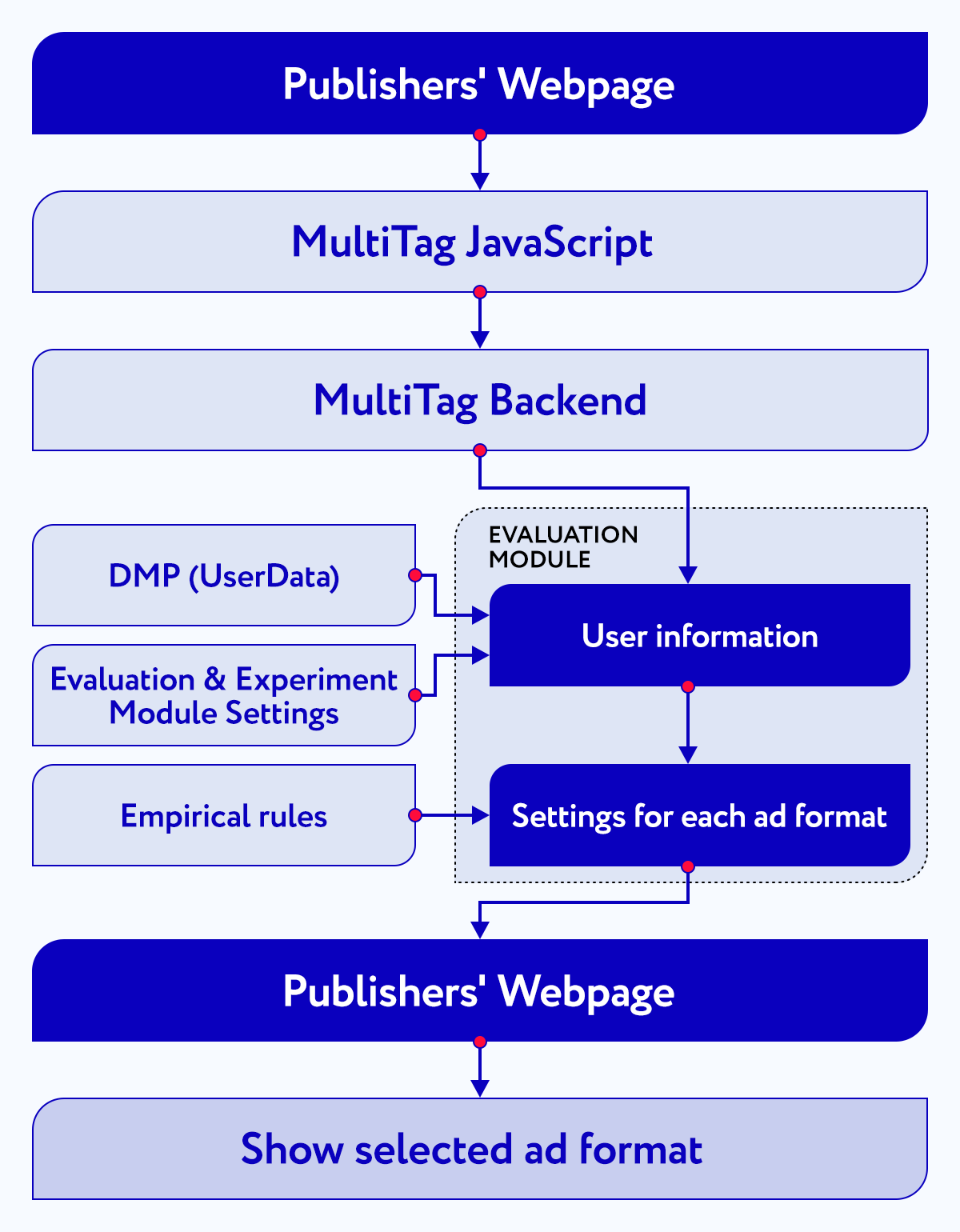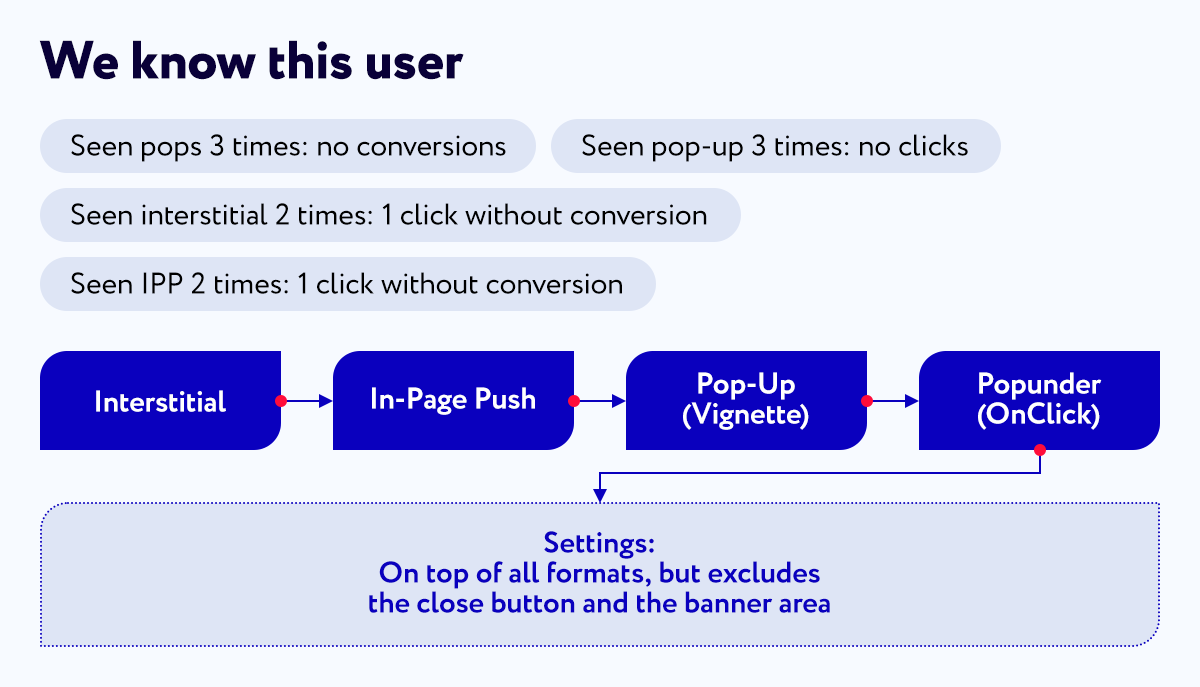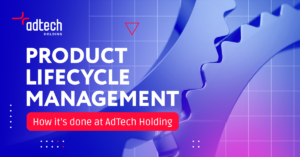MultiTag: What Is Behind The Technology?

The modern online monetization market has two sides. The first one is about high competition, a large number of ads coming from multiple sources, and, as a result — banner blindness of users and various AdBlock solutions. Another side is constantly developing technologies that help overcome the obstacles mentioned above and also reduce the learning curve for newcomers.
One such technology, MultiTag, was announced in 2020 by Samoukale Enterprises Ltd, a development center of AdTech Holding. Implemented by AdTech’s Holding monetization platform in its very initial version, it used to be a combination of four ad formats, with a smart rotation mechanism showing the most relevant ad to a particular user.
This year, Samoukale has finished the first development stage of the new MultiTag for an audience monetization platform for publishers by AdTech Holding. Keeping the principles of the previous version, the upgraded MultiTag will become the most advanced technology for monetizing traffic without spoiling the user experience and saving much effort for publishers.
We asked Ilya Burov, the Head of Development at the Formats Group, to share how MultiTag works and what distinguishes it from the other automation solutions in AdTech.
About MultiTag: General Information
— What is MultiTag, and how does it work?
Ilya Burov: In a nutshell, MultiTag is a system that combines all ad formats in a single, smart tag that can automatically rotate ad formats in a way to show the most relevant offers.
Instead of installing a tag for every format, publishers can opt for MultiTag, and the system will do most of the work itself. Here is what MultiTag does in simple words:
- Tracks a user and defines it in the system. The tag will have standard settings of which format to show first, the frequency of ads, and a delay before the first ad appears
- Collects data about how the user interacts with various formats
- Using this data, MultiTag rotation settings bead formats in the optimal order
- As a result, the publisher gets higher conversion rates and higher earnings.
— Thus, the main MultiTag advantage is that it facilitates a publisher’s experience and allows to enhance monetization results. What are the other benefits of the technology?
Ilya Burov: Besides finding the optimal order of formats, MultiTag combines a wide range of other features also aimed at more advanced and effortless management of monetizing traffic. Some of them are currently in the development or testing stage — and here is the full list:
- Low-code format management. MultiTag allows a publisher to exclude any ad formats they don’t want to have. Currently, we are planning to enable ad management right in the publisher account and make the format choice a quick setting, with no need to edit the page code.
- Enhanced system of user analytics. To show the most relevant ads in the most suitable formats, MultiTag uses a cross-format tracking system. It means that it can detect the same user interacting with, say, OnClick and later with another format. The accuracy of this tracking is 99%. Besides, the smart algorithm analyzes user behavior for every format and helps create ad rotation rules for this particular user.
All user-tracking algorithms are compliant with the General Data Protection Regulation — which means anonymity and total security of any data we collect and store for making MultiTag work.
- A/B testing. The system allows initiating A/B testing by distributing users into cross-format branches. The results of experiments are used for setting more correct rules and enhanced targeting.
— Which formats are currently available at MultiTag?
Ilya Burov: Currently, MultiTag includes In-Page Push, Vignette, Popunder, Push, and Interstitial formats.
A Brief Formats Overview
- In-Page Push: a banner native format looking like a push notification. It is available for all platforms and devices, including iOS and macOS, enables exclusive targeting by Interest and demography, and doesn’t require a subscription to any notifications.
- Vignette: a user-friendly pop-up that a user sees as a dialog box with the Close/Continue buttons. Among its advantages are high CTR thanks to a high user coverage, a low percentage of misclicking, and a big conversion rate.
- Popunder: a display ad with a large number of active users. Shows an offer page of an advertiser upon a single click. Popunders offer low prices for high coverage, helps overcome banner blindness, and uses an offer landing page as a ready creative.
- Push: ads sent for push subscribers, which implies a very wide coverage and high conversion rates. Push notifications are delivered to users even when they are not in the browser and can be customized with various badges and user buttons.
- Interstitial: a creative covering the publisher’s page or appearing when the user shifts website pages. It enables maximum visibility thanks to its size and has seven ready templates for publishers.
The Technology Behind the MultiTag
—What technologies does MultiTag use?
Ilya Burov: MultiTag consists of several internal and external systems and blocks, with four main modules, which are Domain Rotation, Formats Downloader, Evaluation Module, and Format Management Module.

- Domain Rotation: this module is responsible for connecting every format with relevant and clean domains. As a result, a publisher covers more users and provides all website visitors with ads suitable to user ad preferences.
- Formats Downloader: as the name suggests, the downloader’s goal is to quickly determine formats that a publisher requires and upload them to the tagged page
- Evaluation module: collects user data and activity from previous sessions with different formats and, based on empirical rules, applies this information to generate the most efficient settings for every format.
- Format Management Module: This module allows a publisher to change the selection of formats used on their page.
—You mentioned empirical rules. What are they, and how are they used in MultiTag?
Ilya Burov: At the moment, we are working on implementing empirical rules to MultiTag — in our case, it is a set of rules that will define in which sequence the formats will be displayed on the page. A system will collect data on how a user interacts with different formats and will create rules of the format sequence for this user.
For example, a system detects a user and collects the following data about his interaction with ads:
- A user saw popunders three times and made no conversions
- A user saw a Vignette three times and made no clicks
- A user saw an Interstitial two times and made one click with no conversion
- A user saw an In-Page Push two times and made one click with no conversion
This data is enough to create display rules: now the user will see Interstitials first, then comes IPP, and then Vignette and Popunder. The logic is based on the probability of clicks of the particular user: an Interstitial has a higher CTR, so it will be first in the sequence, although a user showed the same results for the IPP format.

The Future of MultiTag
— What is the future of MultiTag, and do you think it will dominate the single-tag monetization formats?
Ilya Burov: The MultiTag technology implies full automation of traffic monetization and allows higher earnings with convenient and quick settings. While single-tag solutions used to have some advantages over MultiTag, it will not be an issue anymore with the new MultiTag version.
For example, a single-tag format usually has a quicker initialization time, but the evaluation module of MultiTag, which shows the formats in a particular order and uses a united domain, enables the same speed.
Overall, the future of MultiTag is more than clear: the technology leaves behind all the previously available solutions, so we are expecting most publishers to switch to it in the nearest future. With the formats management, the publisher can exclude less desired ad formats, so being a system for automation, MultiTag still has a necessary level of customization.




